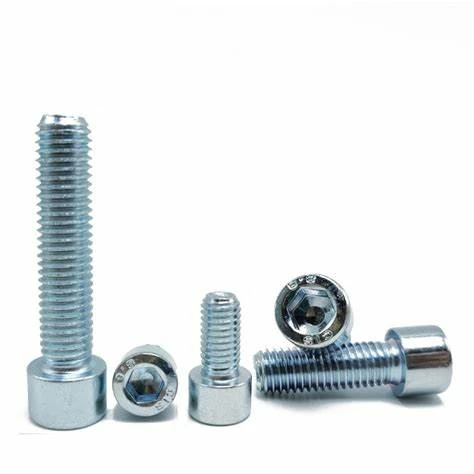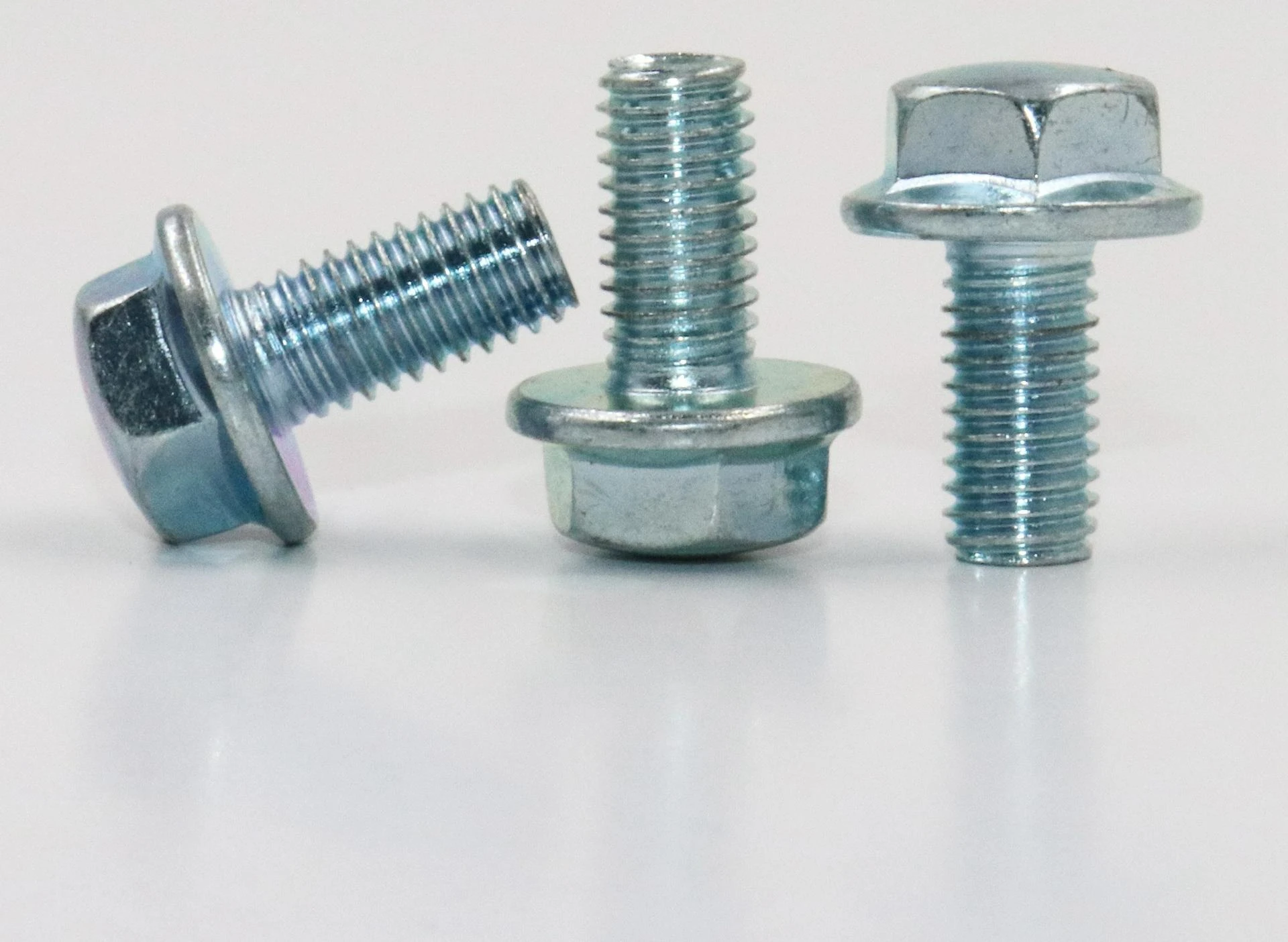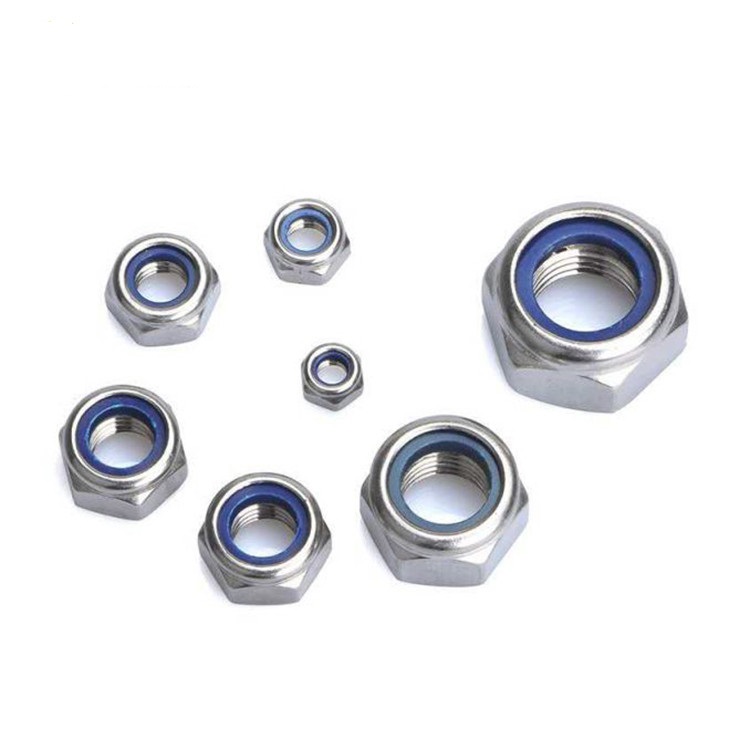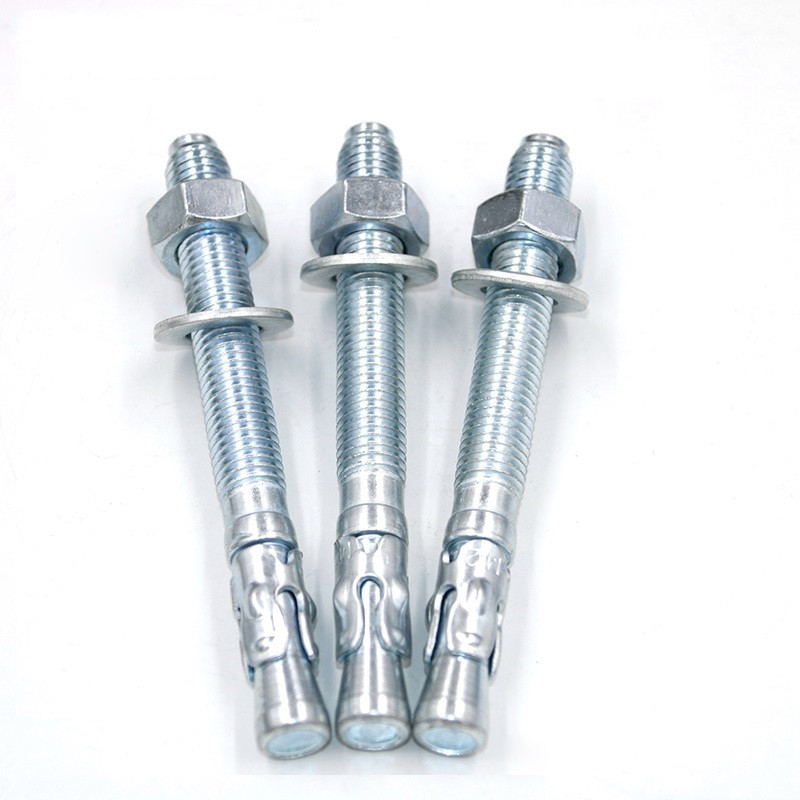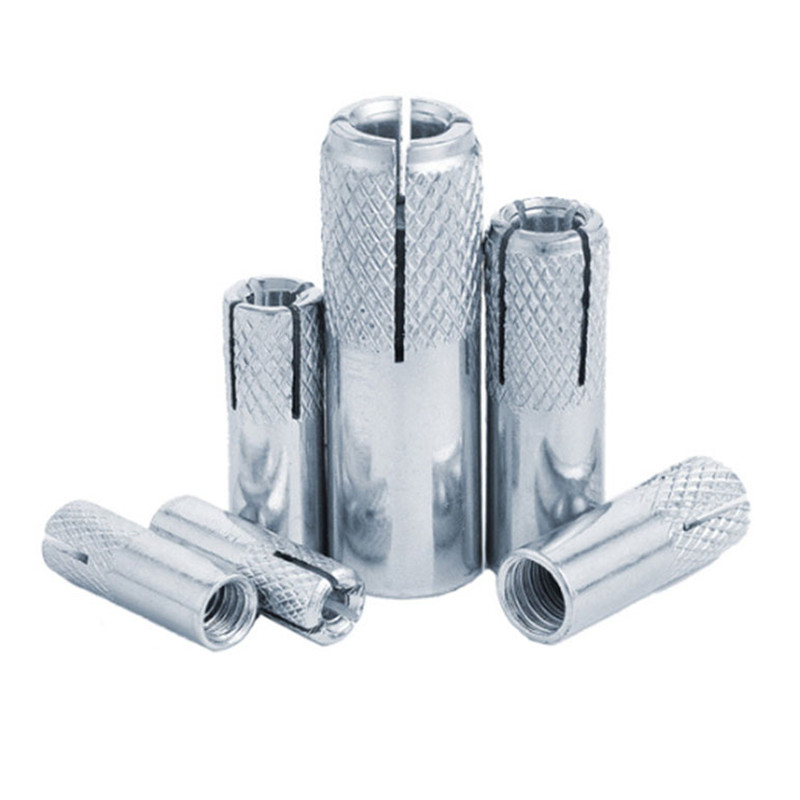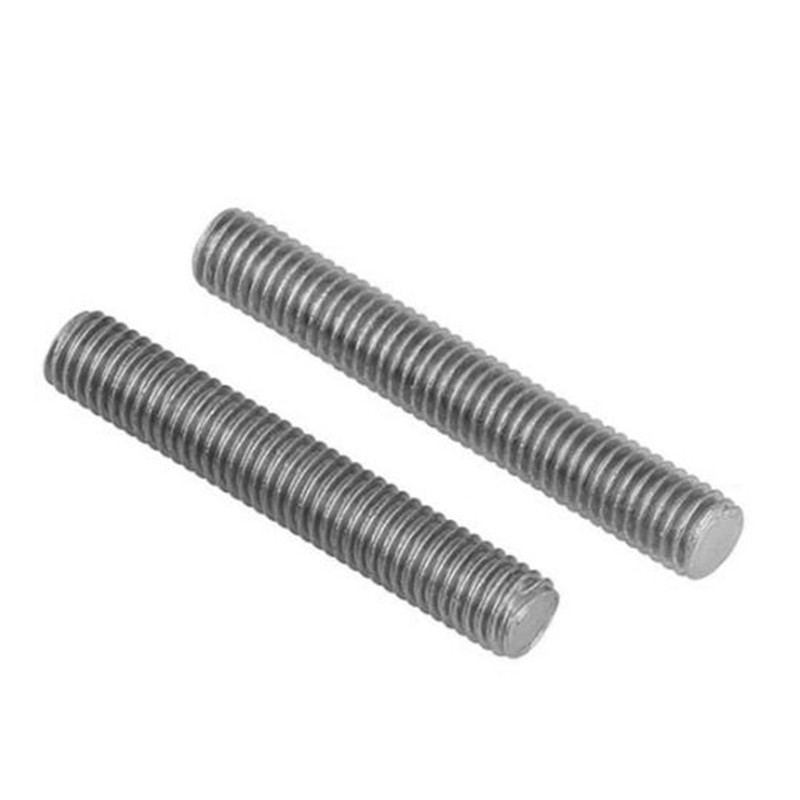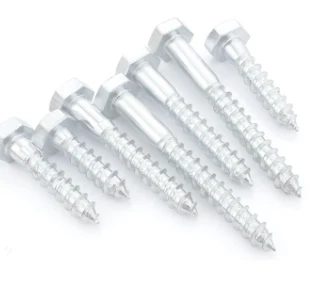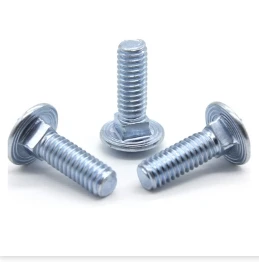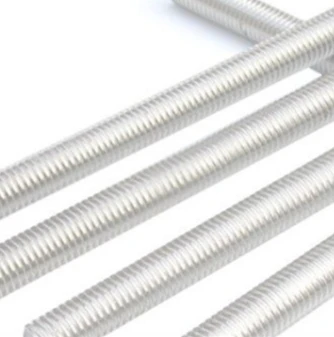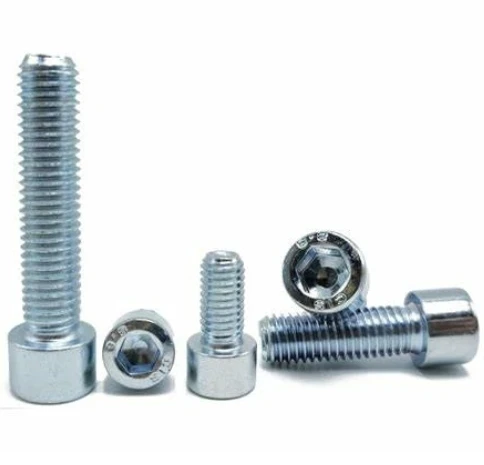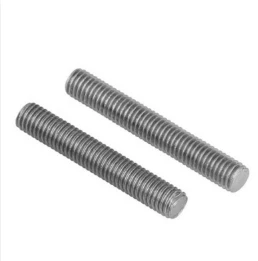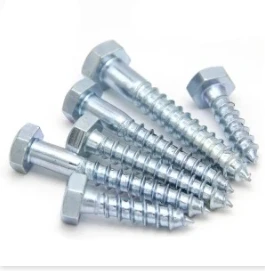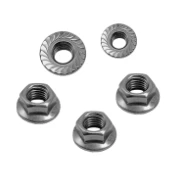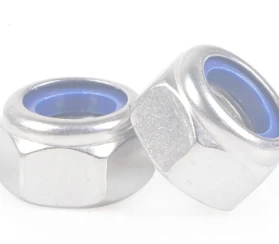The proper use of hex head timber screw fasteners requires strict adherence to safety standards to ensure structural integrity and prevent accidents in wood construction projects. Timber hex screw products combine the driving power of hex heads with specialized thread designs optimized for wood applications, demanding specific installation protocols. When working with hex screws for wood, professionals must consider load capacities, corrosion resistance, and proper installation techniques to meet international building codes. The unique design of hex head timber screw fasteners provides superior holding power compared to standard wood screws, but this increased performance comes with specific safety requirements during both installation and long-term use. From deck building to timber framing, timber hex screw applications require careful planning to account for wood movement, environmental factors, and structural demands. Understanding the safety standards governing hex screws for wood helps contractors deliver durable, reliable wood structures while minimizing risks of fastener failure or structural compromise.
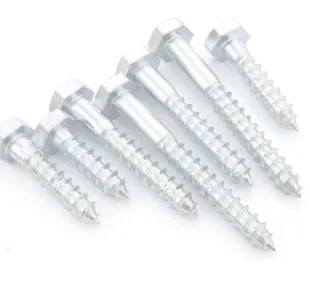
Structural Load Requirements for Hex Head Timber Screw
The engineering specifications of timber hex screw products must align with calculated load demands in wood construction applications. International standards require that hex head timber screw installations account for both withdrawal resistance (resistance to being pulled straight out) and lateral load capacity (resistance to sideways forces). The hex screws for wood used in critical structural connections typically require certification to demonstrate compliance with regional building codes such as ICC-ES in North America or CE marking in Europe. Proper sizing of timber hex screw fasteners involves calculating the required thread engagement length based on wood density and anticipated loads, with general guidelines specifying minimum penetration equal to half the member thickness. The coarse threads of hex screws for wood provide excellent grip in softwoods, while modified thread designs offer better performance in hardwoods and engineered lumber products. Structural applications of hex head timber screw products often demand corrosion-resistant coatings or materials to maintain load capacity over decades of service, particularly in outdoor or high-moisture environments where standard steel fasteners would deteriorate.
Installation Safety Protocols for Timber Hex Screw
Proper installation techniques for hex screws for wood prevent material damage and ensure optimal fastener performance throughout the structure's lifespan. The installation of hex head timber screw products requires predrilling appropriate pilot holes in most hardwoods and dense engineered wood products to prevent splitting and reduce driving torque. Safety standards specify that timber hex screw fasteners should be driven perpendicular to the wood surface using properly sized hex bit drivers that fully engage the screw head to prevent stripping. The use of impact drivers for installing hex screws for wood demands particular caution to avoid over-tightening that can fracture wood fibers or damage the screw's structural integrity. Professional guidelines for hex head timber screw installation recommend leaving a minimum 1/8-inch space between screw heads and wood surfaces to accommodate seasonal wood movement without creating excessive stress points. Special safety considerations apply when driving timber hex screw fasteners near wood edges or ends, where reduced material thickness increases splitting risks and may require modified fastener placement patterns. The installation of hex screws for wood in pressure-treated lumber necessitates additional precautions due to the corrosive chemicals present in many wood preservatives, often requiring specially coated fasteners to prevent premature corrosion failure.
Corrosion Protection Standards for Hex Screws for Wood
The long-term safety of hex head timber screw installations depends heavily on appropriate corrosion resistance for the specific application environment. Building codes classify exposure conditions for timber hex screw products into categories ranging from interior dry use to severe marine environments, each requiring different levels of protection. The hex screws for wood used in exterior applications typically need hot-dip galvanized coatings (meeting ASTM A153 standards) or stainless steel construction (Type 304 or 316) depending on proximity to saltwater and pollution levels. Advanced coating systems for hex head timber screw products include mechanical zinc plating with supplementary sealers, epoxy coatings, and proprietary alloys like silicon bronze for harsh environments. Safety standards prohibit the mixing of dissimilar metals in timber hex screw installations, as galvanic corrosion between metals like aluminum and steel can lead to rapid fastener failure. The hex screws for wood used with pressure-treated lumber must be specifically rated for compatibility with the preservative chemicals used, particularly with newer copper-based treatments that accelerate corrosion of standard steel fasteners. Regular inspection protocols for hex head timber screw installations in critical structures help identify early signs of corrosion before they compromise structural safety.
Load Testing and Certification for Hex Head Timber Screw
Reputable manufacturers subject timber hex screw products to rigorous testing to verify compliance with international safety standards before bringing them to market. Independent testing laboratories evaluate hex screws for wood through standardized withdrawal and lateral load tests that simulate decades of service conditions in compressed timeframes. Certification processes for hex head timber screw products typically include cyclic stress testing to evaluate fatigue resistance and environmental exposure testing to validate corrosion protection claims. Leading manufacturers of timber hex screw fasteners provide comprehensive technical documentation including load tables that specify safe working loads for various wood types and screw sizes. The hex screws for wood intended for structural applications often carry evaluation reports from recognized engineering organizations that verify their compliance with building code requirements. Ongoing quality control testing of production hex head timber screw batches ensures consistent mechanical properties and dimensional accuracy that are critical for predictable structural performance. These testing and certification processes give specifiers confidence that timber hex screw products will perform as expected throughout their service life in various construction applications.
Hex Screws for Wood ხშირად დასმული კითხვები
What Size Pilot Hole Should I Drill for Hex Head Timber Screw Installation?
The optimal pilot hole diameter for timber hex screw installation typically equals 70-80% of the screw's root diameter (excluding threads) in hardwoods and 50-60% in softwoods to ensure proper thread engagement without splitting the wood.
How Does the Coating Affect the Performance of Hex Screws for Wood?
High-quality coatings on hex head timber screw products reduce driving friction while providing essential corrosion protection, with thicker galvanized coatings generally offering longer service life in outdoor applications compared to electroplated alternatives.
What Safety Factors Are Applied to Load Ratings for Timber Hex Screw Products?
Engineering standards typically apply safety factors of 2.5-3.5 to the ultimate load capacity of hex screws for wood, meaning the published working load represents only 30-40% of the fastener's actual failure load.
Can I Use Standard Hex Head Timber Screw with Pressure-Treated Lumber?
Only timber hex screw products specifically rated for use with the particular wood preservative chemicals should be used, as many treatments accelerate corrosion of standard steel fasteners.
How Often Should I Inspect Hex Screws for Wood in Outdoor Structures?
Critical structural connections using hex head timber screw fasteners should receive professional inspection annually, with more frequent checks in harsh environments or where visible corrosion is present.
For certified hex head timber screw products that meet all relevant safety standards, visit our website to explore our range of high-performance timber hex screw solutions. Our technical team can help you select the optimal hex screws for wood for your specific application, ensuring compliance with building codes and long-term structural reliability. Contact us today to request load tables, corrosion resistance guides, and professional installation recommendations for your wood construction projects. Let us demonstrate why leading builders trust our hex head timber screw products for their most demanding structural connections.
Post time: აგვ . 07, 2025 11:10


